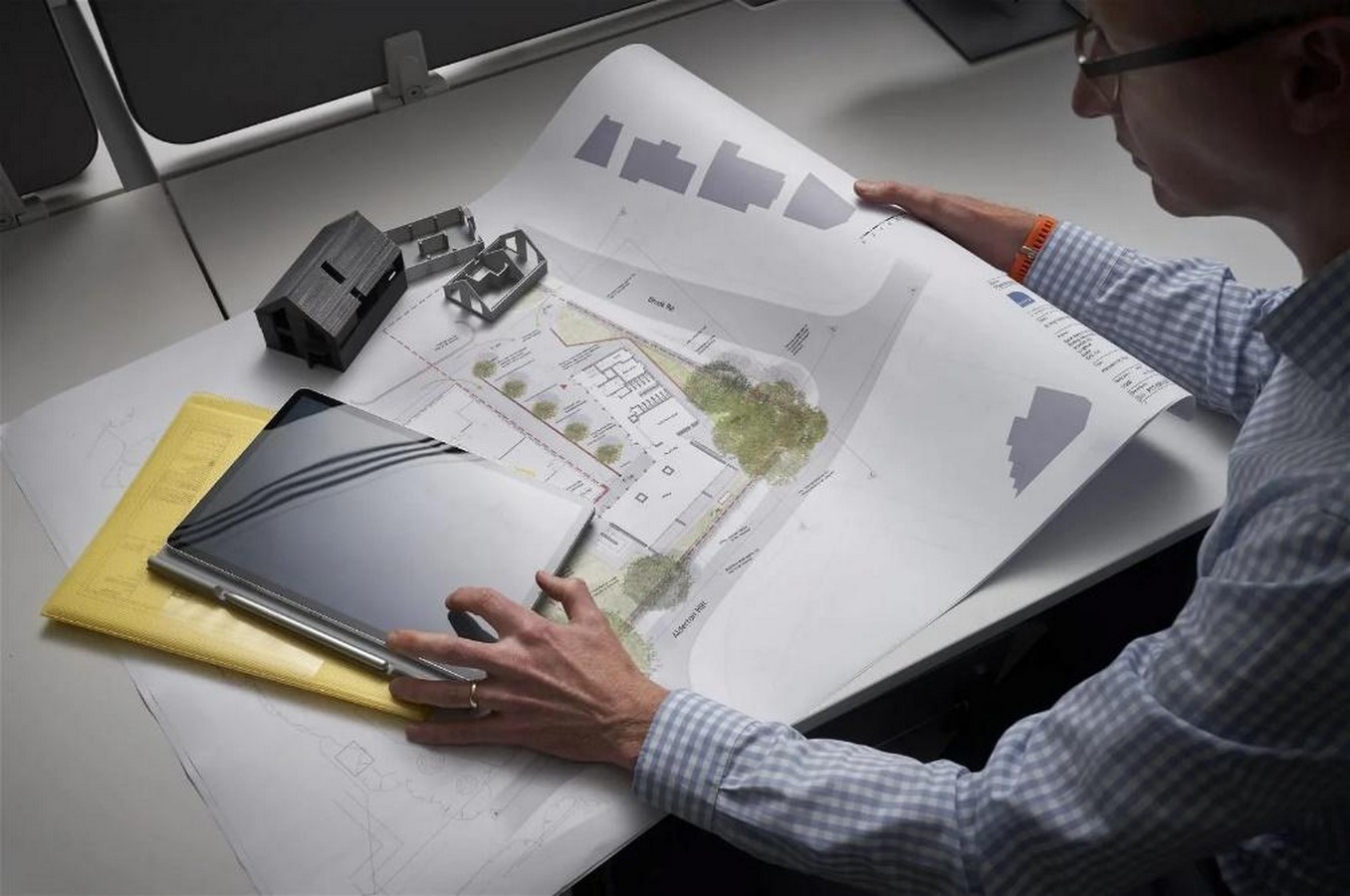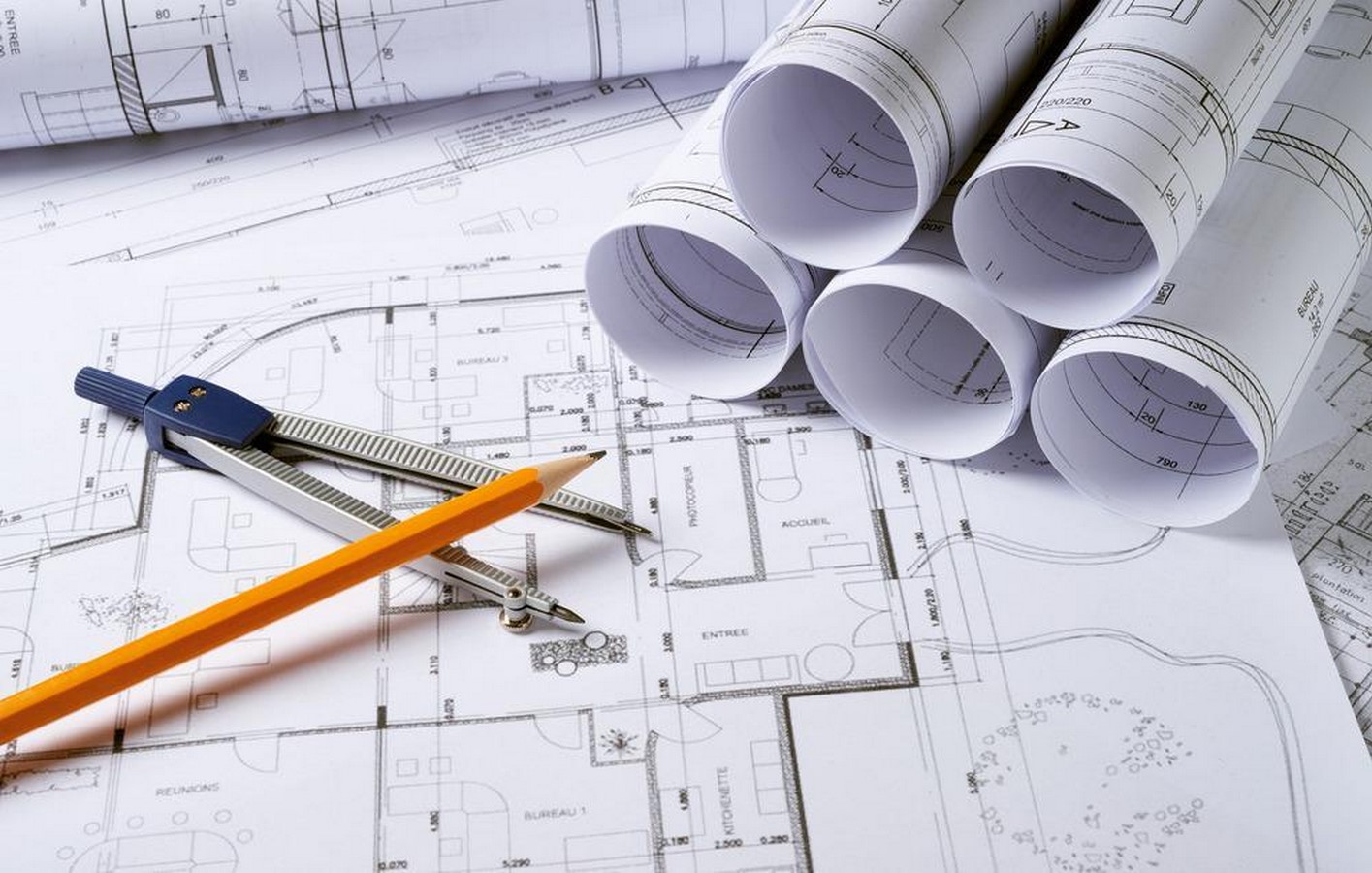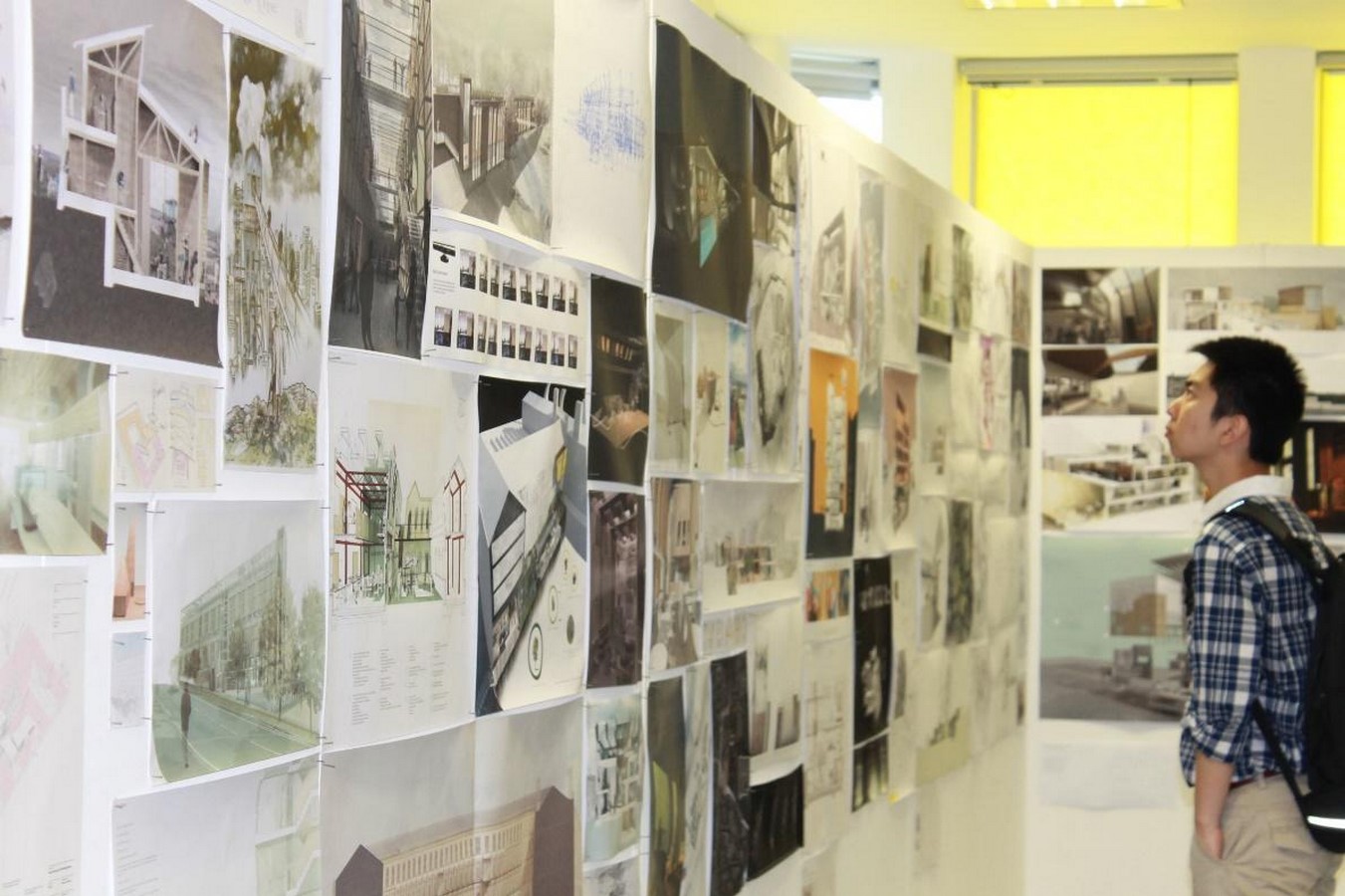Architecture inherently influences our lives, subtly shaping our perceptions and responses to our surroundings. Architects bear a profound responsibility to society and life itself, extending beyond construction to encompass environmental sustainability, social equity, and holistic planning. They must craft spaces that harmonize with nature, prioritize user well-being, and minimize environmental impact. Using local materials and engaging communities are vital steps. Architectural designs impact livelihoods, highlighting our societal responsibility. Moreover, architects must educate and inspire others to appreciate the significance of architecture in our lives, fostering awareness and empathy for our built environment.

Introduction
Norman Foster once said, “Architecture is an expression of values.” These words resonate powerfully in an era where architectural education is undergoing a profound transformation. Architects and designers are increasingly seen as custodians of a changing world, with pressing global challenges like climate change, rapid urbanization, and social disparities demanding innovative, sustainable, and socially responsible design solutions.

The Changing Landscape of Architecture
Architects were once perceived primarily as builders of structures. However, today, they are recognized as catalysts for change, community builders, and stewards of the environment. This evolution has necessitated a corresponding adaptation in architectural education, which now encompasses these expanded roles. Architectural education sets the stage for a brighter future.

Architectural Education’s Dual Purpose
Architectural education holds two fundamental purposes. Firstly, it aims to produce competent, creative, critically minded, and ethical professional designers and builders. Secondly, it seeks to produce architects who are not just skilled, but also deeply committed to making a positive impact on the world.

Social Responsibility in Architectural Education
The world looks to architects to make a profound difference in the lives of many. To fulfil this role effectively, architects must understand and embrace the concept of social responsibility in architecture.
In the midst of these multifaceted roles, architects also bear the responsibility of educating those around them. The society operates on diverse palettes, and understanding this diversity and weaving our thoughts into it, while advocating for positive change, challenges us. It becomes their responsibility to make people understand the language of architecture, its role in society, and its impact on the socio-economic fabric.
By doing so, the awareness about the built and unbuilt spaces that surround us fosters a deeper sensitivity toward the spaces we inhabit and the architectural designs that intersect with humanity and nature.

Architects as Protectors of Nature
Designing goes beyond aesthetics; it encompasses various considerations, such as optimizing natural lighting and ventilation, reducing stress on water and electrical networks, minimizing disruption to local flora and fauna, and prioritizing user-friendly spaces. Architects wield the power to harmonize these aspects in a manner that serves the public interest.

Four Aspects of Social Responsibility
Social responsibility in architecture encompasses four critical aspects:
- Sustainability: This aspect underscores the importance of environmentally responsible design.
- Community and Public Needs: Architects have a responsibility to consider the needs of local communities and the wider public as project stakeholders.
- Ethics: Architects must comprehend the ethical implications of their design decisions, touching on social, political, environmental, and cultural issues.
- Civic Engagement and Public Service: While this aspect remains significantly underdeveloped, it holds immense potential. Architects can apply their professional skills for the benefit of society.
These four facets together describe how architects can contribute to improving society’s quality of life through responsible practice.

Promoting Social Responsibility in Architectural Education
Architectural education institutions are adopting various strategies to instil social responsibility in their students:
- Interdisciplinary Learning: Collaborative learning that encompasses disciplines such as engineering, environmental science, sociology, and economics enriches students’ perspectives.
- Hands-On Experience: Practical engagement through internships, design-build projects, and community outreach programs allows students to apply their knowledge in real-world contexts. This fosters a sense of ownership and encourages students to consider the societal and environmental impacts of their designs.
- Ethics and Values: Architectural education now incorporates ethics courses that prompt students to reflect on their ethical responsibilities as future architects. These discussions cover topics like social justice, environmental ethics, and cultural sensitivity, fostering a strong ethical foundation.
- Global Perspective: Architectural education encourages students to think globally. It challenges them to transcend local contexts and consider the broader implications of their designs, including addressing global issues like climate change, migration, and cultural preservation.

Conclusion
Architectural education exercises immense influence in shaping the values, ethics, and practices of future architects and designers. Foster’s assertion that “Architecture is an expression of values” finds its embodiment in these institutions. By cultivating social responsibility, sustainability, and a commitment to enhancing the human condition, architectural education produces graduates capable of addressing the multifaceted challenges of our era.
These architects will play pivotal roles in crafting a more inclusive, equitable, and sustainable world through innovative and socially responsible design solutions. As the architectural landscape continues to evolve, education must evolve in tandem, ensuring that the profession remains at the vanguard of positive societal transformation. In embracing this transformation, architectural education becomes an empowering force for nurturing compassionate and visionary architects who will shape the future of our built environment.

References
- India Today. (n.d.). Revolutionising architectural education: Innovations, challenges, and impact. [online] Available at: https://www.indiatoday.in/education-today/featurephilia/story/revolutionising-architectural-education-innovations-challenges-and-impact-2420309-2023-08-13#:~:text=Architecture%20education%20plays%20a%20crucial [Accessed 27 Sep. 2023].
- Kramer, K. (2012). Social Responsibility in Architectural Education. [online] Available at: https://tuengr.com/ATEAS/V01/295-317.pdf.
- Findley, L.R. (1991). Lighting the Way: Architecture and Social Responsibility. Journal of Architectural and Planning Research, [online] 8, pp.88–91. Available at: https://www.jstor.org/stable/43029006 [Accessed 27Sep. 2023].
- Kramera, K. (2012). Social Responsibility in Architectural Education. [online] Semantic Scholar. Available at: https://www.semanticscholar.org/paper/Social-Responsibility-in-Architectural-Education-Kramera/313967f059368d5b72841024e2856921958a928e [Accessed 27 Sep. 2023].
- Oktay, D. (2019). Architectural Education for Sustainability. Innovative renewable energy. doi:https://doi.org/10.1007/978-3-030-18488-9_14.
- Giving Compass. (2020). Socially Responsible Architecture: Design for a Better World. [online] Available at: https://givingcompass.org/article/socially-responsible-architecture-design-for-a-better-world [Accessed 28 Sep. 2023].
- Images Publishing US. (n.d.). Architecture Asia: Cultural Identity and Social Responsibility. [online] Available at: https://imagespublishing.com/us/book/architecture-asia-cultural-identity-and-social-responsibility/ [Accessed 29 Sep. 2023].
- ArchDaily. (n.d.). Gallery of Architect Michel Rojkind on the Social Responsibility of Design – 11. [online] Available at: https://www.archdaily.com/962488/architect-michel-rojkind-on-the-social-responsibility-of-design/60b1019af91c81f62800024a-architect-michel-rojkind-on-the-social-responsibility-of-design-image [Accessed 30 Sep. 2023].




















